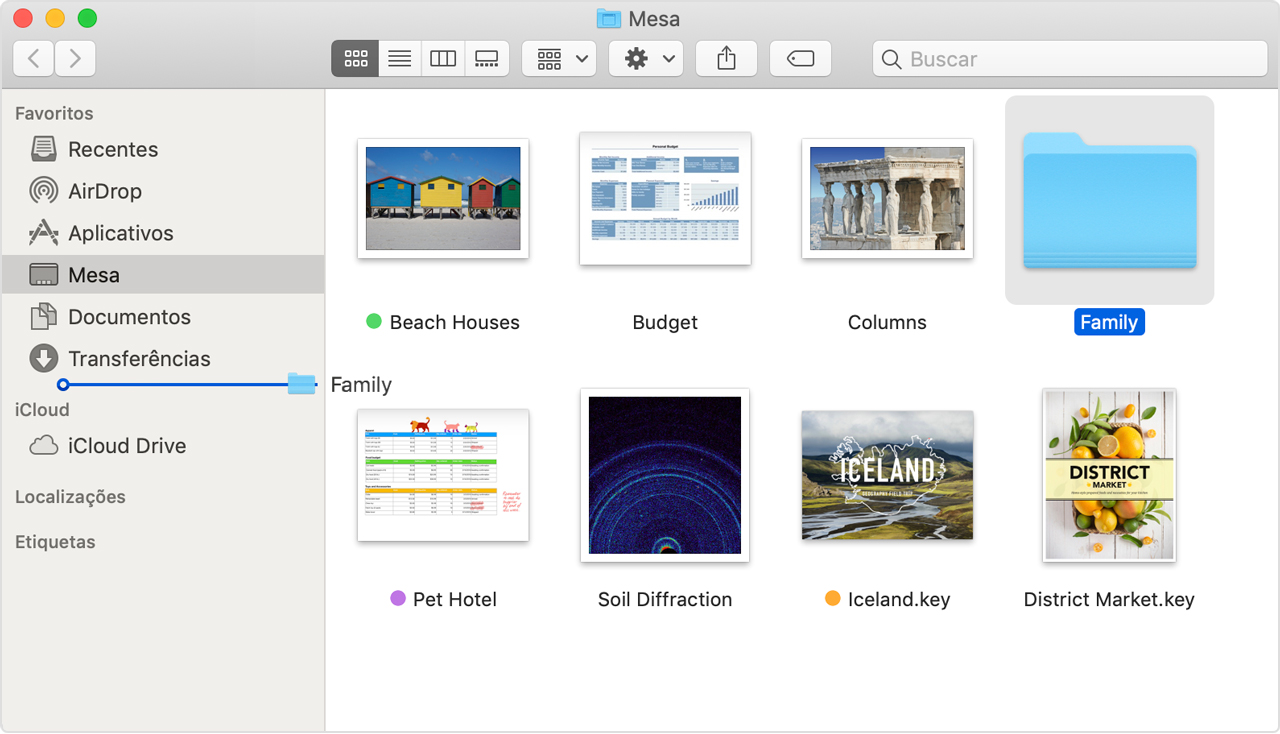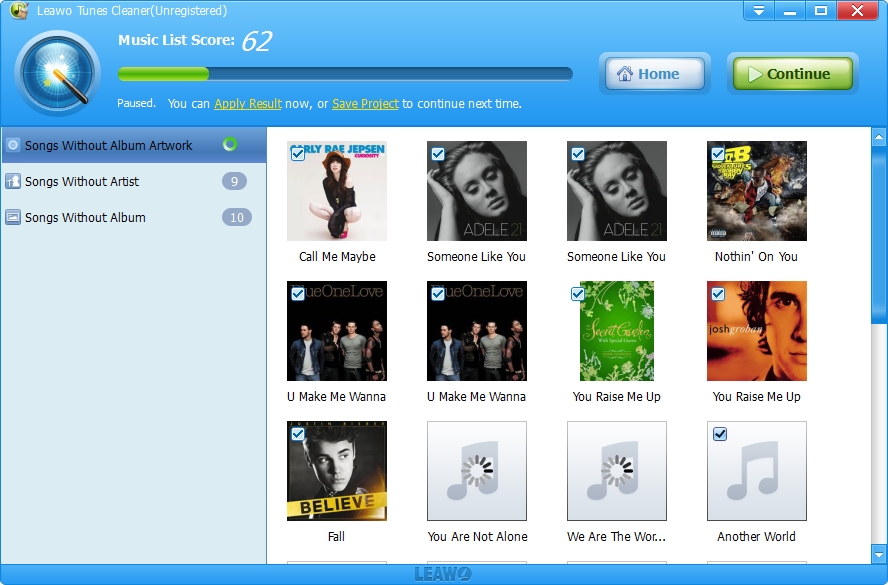Album cover finder. Bliss is an album cover finder that is simple, fast and accurate. Bliss finds and installs album art automatically, according to your rules. You can define minimum and maximum sizes, whether or not the artwork is embedded in the music files, and more options. IBENZER MacBook Air 13 Inch Case A1466 A1369, Hard Shell Case with Keyboard Cover for Apple Mac Air 13 Old Version 2017 2016 2015 2014 2013 2012 2011 2010, Rose Quartz, A1301RQ+1. 4.4 out of 5 stars 6,476. Get it as soon as Fri, Oct 2. FREE Shipping on.
Download Album Cover Finder for PC free at BrowserCam. Droidware UK. launched Album Cover Finder undefined suitable for Android as well as iOS nevertheless you might also install Album Cover Finder on PC or MAC. Now let's understand the specifications that will help you download Album Cover Finder PC on MAC or windows computer without much hassle.
The most important thing is, to get an effective Android emulator. You'll find both paid and free Android emulators created for PC, having said that we propose either Bluestacks or Andy since they are known and also compatible with both Windows (XP, Vista, 7, 8, 8.1, 10) and Mac systems. We advise you to preliminary see the recommended System specifications to install the Android emulator on PC after that free download given that your PC meets the minimum Operating system prerequisites of the emulator. Ultimately, it's time to install the emulator that will take couple of minutes only. Also, you can free download Album Cover Finder .APK file to your PC using download link just underneath, although this step is additional.
How to Install Album Cover Finder for PC:
- First and foremost, it's essential to free download either BlueStacks or Andy to your PC with the download option included at the starting in this page.
- Immediately after the installer completes downloading, click on it to get started with the set up process.
- Move on with all the simple and easy installation steps by clicking on 'Next' for multiple times.
- You may notice 'Install' on the display, click on it to begin with the final installation process and click 'Finish' right after its finally over.
- So now, either from the windows start menu or desktop shortcut begin BlueStacks Android emulator.
- As this is your very first time you installed BlueStacks Android emulator you will need to setup your Google account with emulator.
- Congrats! It's easy to install Album Cover Finder for PC with BlueStacks Android emulator either by finding Album Cover Finder undefined in google playstore page or by downloading apk file.It is advisable to install Album Cover Finder for PC by visiting the google playstore page if you successfully installed BlueStacks program on your PC.
Regular a large amount of android games and apps are pulled from the google play store especially if they do not follow Program Policies. In case you do not get the Album Cover Finder undefined in play store you may still free download the APK from this page and install the undefined. You should stick to the above exact same steps even when you choose to go with Andy emulator or you prefer to select free download and install Album Cover Finder for MAC.

The Finder is the first thing that you see when your Mac finishes starting up. It opens automatically and stays open as you use other apps. It includes the Finder menu bar at the top of the screen and the desktop below that. It uses windows and icons to show you the contents of your Mac, iCloud Drive, and other storage devices. It's called the Finder because it helps you to find and organize your files.
Open windows and files
To open a window and see the files on your Mac, switch to the Finder by clicking the Finder icon (pictured above) in the Dock. Switching to the Finder also reveals any Finder windows that might be hidden behind the windows of other apps. You can drag to resize windows and use the buttons to close , minimize , or maximize windows. Learn more about managing windows.
When you see a document, app, or other file that you want to open, just double-click it.
Change how your files are displayed
To change how files are displayed in Finder windows, use the View menu in the menu bar, or the row of buttons at the top of the Finder window. You can view files as icons , in a list , in columns , or in a gallery . And for each view, the View menu provides options to change how items are sorted and arranged, such as by kind, date, or size. Learn more about customizing views.
When you view files in a gallery, you can browse your files visually using large previews, so it's easy to identify images, videos, and all kinds of documents. Gallery View in macOS Mojave even lets you play videos and scroll through multipage documents. Earlier versions of macOS have a similar but less powerful gallery view called Cover Flow .
Gallery View in macOS Mojave, showing the sidebar on the left and the Preview pane on the right.
Use the Preview pane

The Preview pane is available in all views by choosing View > Show Preview from the menu bar. Or press Shift-Command (⌘)-P to quickly show or hide the Preview pane.
macOS Mojave enhances the Preview pane in several ways:
- More information, including detailed metadata, can be shown for each file. This is particularly useful when working with photos and media, because key EXIF data, like camera model and aperture value, are easy to locate. Choose View > Preview Options to control what information the Preview pane can show for the kind of file selected.
- Quick Actions let you easily manage or edit the selected file.
Use Quick Actions in the Preview pane
With Quick Actions in macOS Mojave, you can take actions on a file without opening an app. Quick Actions appear at the bottom of the Preview pane and vary depending on the kind of file selected.

- Rotate an image
- Mark up an image or PDF
- Combine images and PDFs into a single PDF file
- Trim audio and video files
To manage Quick Actions, click More , then choose Customize. macOS Mojave includes a standard set of Quick Actions, but Quick Actions installed by third-party apps also appear here. You can even create your own Quick Actions using Automator.
Use Stacks on your desktop
macOS Mojave introduces Stacks, which lets you automatically organize your desktop into neat stacks of files, so it's easy to keep your desktop tidy and find exactly what you're looking for. Learn more about Stacks.
The sidebar in Finder windows contains shortcuts to AirDrop, commonly used folders, iCloud Drive, devices such your hard drives, and more. Like items in the Dock, items in the sidebar open with just one click.
To change the items in your sidebar, choose Finder > Preferences from the Finder menu bar, then click Sidebar at the top of the preferences window. You can also drag files into or out of the sidebar. Learn more about customizing the sidebar.
Cover Finder For Mac Catalina
Search for files
Cover Finder Mac
To search with Spotlight, click the magnifying glass in the menu bar, or press Command–Space bar. Spotlight is similar to Quick Search on iPhone or iPad. Learn more about Spotlight.
To search from a Finder window, use the search field in the corner of the window:
When you select a search result, its location appears at the bottom of the window. To get to this view from Spotlight, choose “Show all in Finder” from the bottom of the Spotlight search results.
In both Spotlight and Finder, you can use advanced searches to narrow your search results.
Delete files
To move a file to the Trash, drag the file to the Trash in the Dock. Or select one or more files and choose File > Move To Trash (Command-Delete).
To remove a file from the Trash, click the Trash to open it, then drag the file out of the Trash. Or select the file and choose File > Put Back.
To delete the files in the Trash, choose File > Empty Trash. The storage space used by those files then becomes available for other files. In macOS Sierra, you can set up your Mac to empty the trash automatically.
